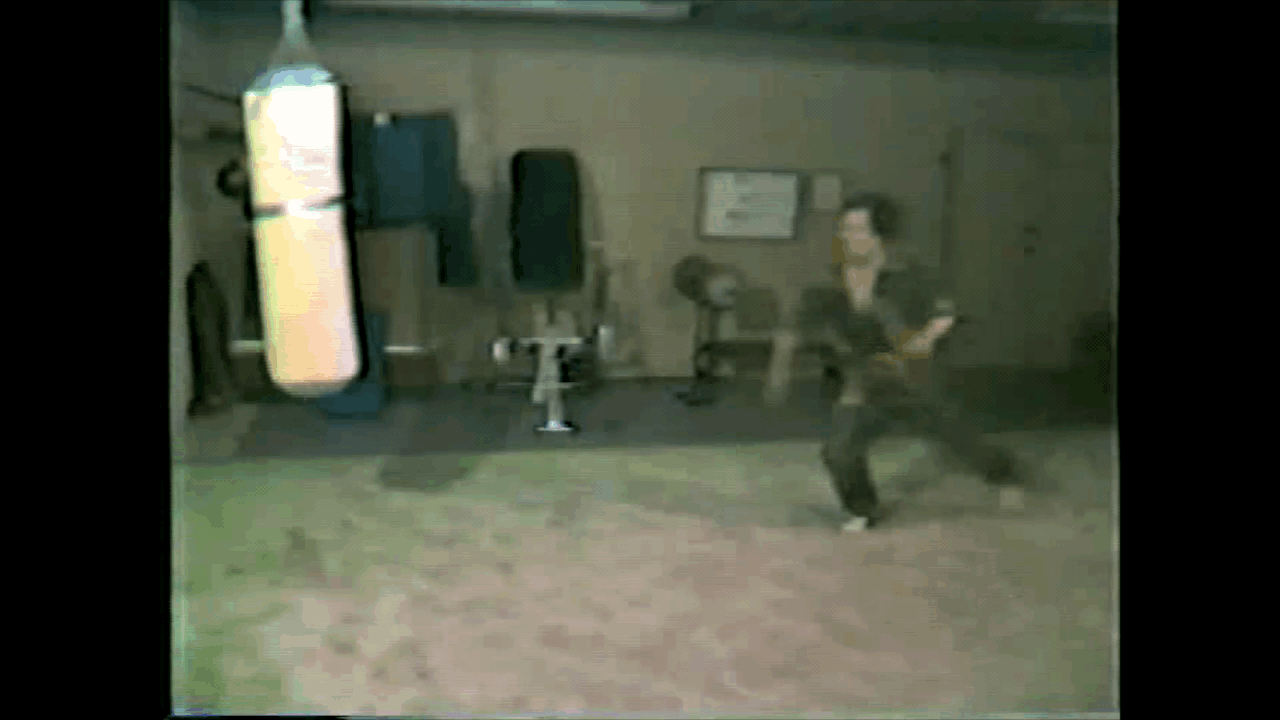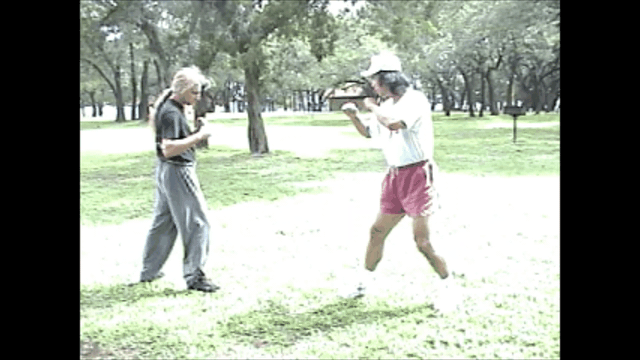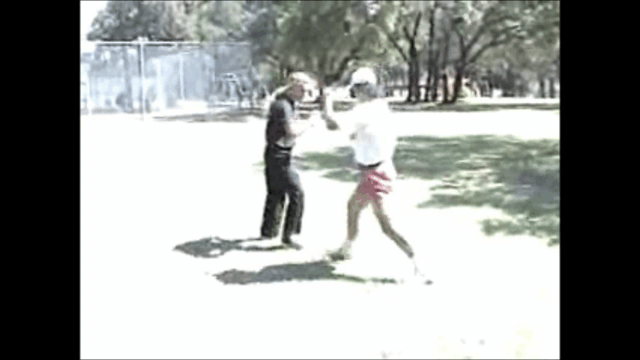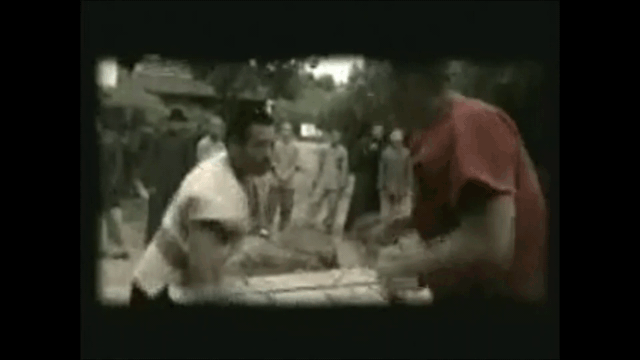“If my opponent doesn't move, I do not move. The instant he moves, I am already there.”
No that is out of context of what that video is referring to and out of context of Jow Ga Kung as a whole. That is a self-defense mindset. If your opponent doesn't move and you don't then there's no fight. While Jow Ga can be used for self-defense. That's not the root concept of Jow Ga.
Like Wang says. "Sometimes one has to be the bad guy" Sometimes it's necessary to attack and Martial Arts in general understands that. Even if the opponent doesn't move. I still move.
Problem with Martial Arts schools in general. Everything is shown from a Defensive Perspective (AKA: Wait for your opponent to attack). In my opinion this is the worst approach for a Martial Arts system, because it means you are guessing about how you'll be attacked. You are letting the enemy dictate the battle.
In the Jow Ga video. "When your opponent moves, you move" is basic General Counter Attack strategy concept. And it's only being applied to a General understanding of "Counter Attack." This is what I would tell a beginner or a child. It would be like answering "What is a tree" without digging into the Biology of what a tree is and how trees are different.
In Jow Ga Kung Fu. You would lose if "When your opponent moves you move" was a major concept.
Jow Ga Kung Fu is in the Red. It highlights the problem of "When your opponent moves, you move." becomes to big of the picture. Which is why he's having a difficulty in attacking and why he's not using Jow Ga Kung Fu.
If you allow your enemy to move first then you will have trouble guessing how he will attack.
If you move first, then you can press the attack against someone weaker, or trigger a specific attack for you to counter when facing a stronger opponent.
When I move back. My motion backwards will influence the types of attacks my opponent will use. I'm guaranteed 2 things as I move backwards.
1. My opponent will advance.
2. His attacks will be linear
3. Circular attacks will not reach unless he knows how to move forward with a circular attack.
These things will not happen if I allow my opponent to move first as his move will dictate what I do.
When someone makes a short video about counter attacks, They will give a very general summary. They will not explain any of what I just posted and even what I posted is just a small amount.





